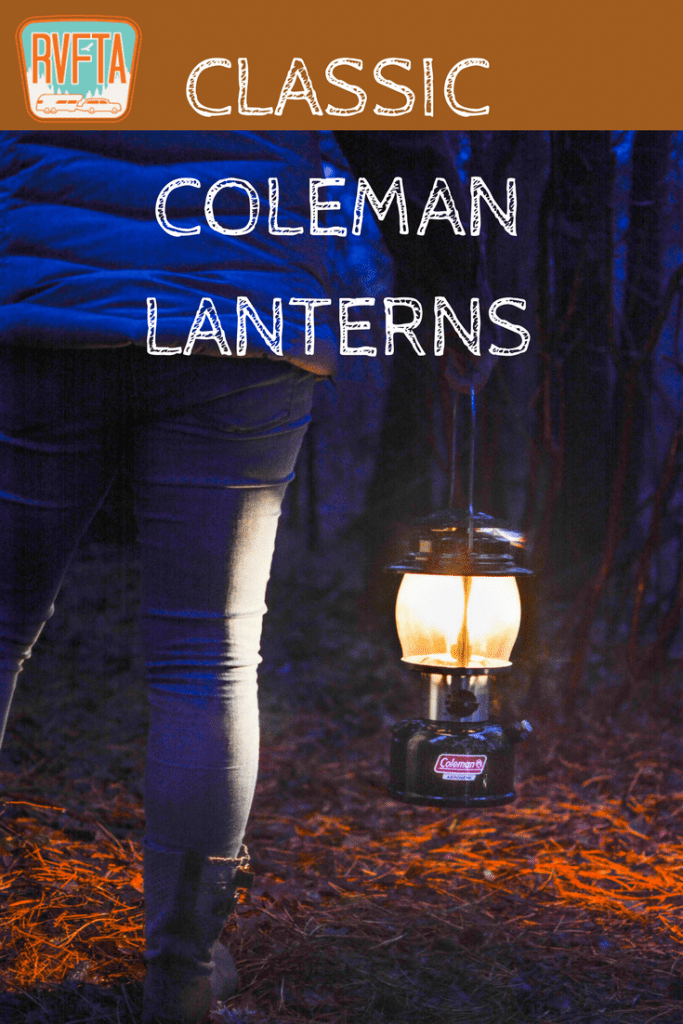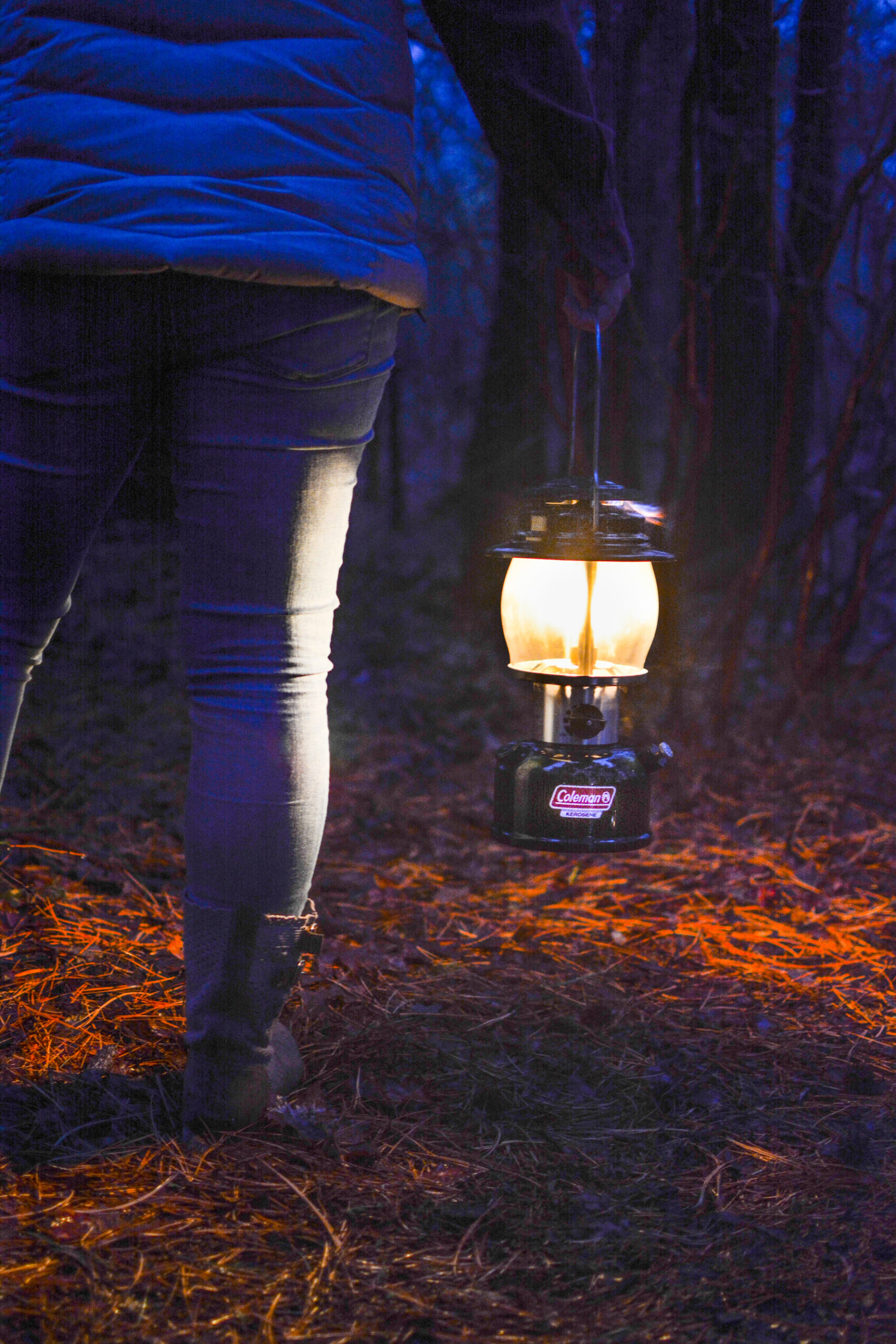Every RV owner needs a classic Coleman lantern, right?
For years I have bought inexpensive, battery powered, LED lanterns–and while they may light up my campsite, most of them are pretty cheap looking, and they are definitely not built to last. A few of them have only lasted for a season. So what’s a camper in need of illumination to do?
This past fall my buddy Phil got me interested in Coleman’s classic lanterns. We were hanging around drinking coffee on a chilly November day at Old Mill Stream Campground in Lancaster County, Pennsylvania when he asked a fateful question. Would I want to go with him to the Coleman outlet store nearby? He needed a new globe for one of his gas powered lanterns.
Globes and gas powered lanterns? This was an exotic, foreign language to me. But I was intrigued–and ready to check out some new camping gear.
Because I’m always ready to check out some new camping gear.
That night I purchased an attractive looking limited edition National Park edition of the Coleman Northstar Propane Lantern–in park ranger khaki and green. I loved that lantern so much I bought……a few more…..and then a few more after that.
Little did I know I was heading deep into a rabbit hole–and a fascinating chapter in the history of American camping.
Here’s what I learned and what you need to know.
Coleman still sells a variety of lanterns that are powered by propane, kerosene, or camp fuel (aka white gas). They are still built in Wichita Kansas (though some parts, such as the globes, are made in China) and are widely available for sale online and in some big box stores. Because millions of them have been sold over the years, they are also widely available, sometimes for as little as 5 or 10 bucks, at garage sales, on Craigslist, and on Facebook Marketplace.
But which one should I buy?
Good question.
In this post, I’ll share some pros and cons for each kind, accompanied by videos demonstrating how they all work. The first video demonstrates how to attach the mantles and pre-burn them. The next two videos skip that step and just demonstrate how to light them after they have been prepped. Sounds like an exotic foreign language, right? It’s actually very simple. Check it out!
The links in this post are affiliate links. This means if you purchase something through the link, we receive a small commission at no additional cost to you. Jeremy will use all of that money to buy more lanterns, so he kindly thanks you.
1. Coleman Duel Fuel Premium Lantern
PROS
- Sturdy and Classic Design
- Camp Fuel is Cheaper than Batteries
- Warm and Fairly Bright
- Often Includes Hard Carrying Case
CONS
- Camp Fuel Must be Safely Stored and Transported
- Lighting This Lantern Requires a Wee Bit of Work
- Silver and Black? I Prefer Green or Red.
2. Coleman Kerosene Lantern
PROS
- Kerosene is Safer to Store than Camp Fuel
- Kerosene is Cheaper than Camp Fuel
- Needs Less Maintenance than a Duel Fuel Lantern
- Very Stylish and Classic Look and Color
CONS
- Requires Additional Step of Preheating with Denatured Alcohol (See Video)
- Not Cheap at Around $100 Bucks
- Case Must Be Purchased Separately
3. Coleman Northstar Propane Lantern
PROS
- Affordably Priced and Widely Available
- Super Crazy Bright!
- Includes Sturdy Carrying Case
- Easiest to Light and Operate
CONS
- Coleman 16oz. Propane Tanks May Be Difficult to Recycle
- Not as Classic as the Kerosene and Duel Fuel Lanterns
- Somewhat Loud on Highest Setting
The Wrap Up
Compared to these classic lanterns, your modern LED lantern is a toy–and toys are for kids. So it’s time to get a real lantern–and become the master of your campsite–and a master of the night.
If you want to learn more about the fascinating history of Coleman Lanterns and see how they are built, check out the short video below. And if you want more classic camping gear, check out our definitive guide here. Happy camping! See you at the campground!









